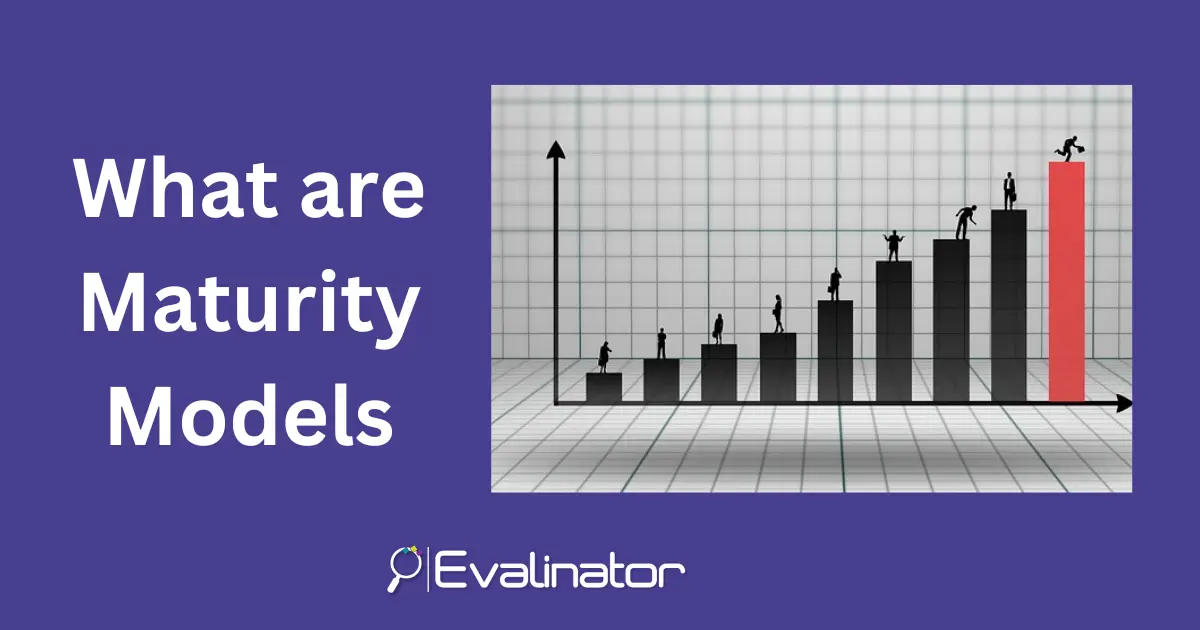


Maturity models are powerful interactive tools that help you visualize your path to transformation.
They also help align multiple people to a common understanding of the current state of affairs. This is crucial if you want to define what the right desired state should be, and how to get there.
In this blog, we’ll explain what maturity models are, who can use them, and how to use them for a transformation program.
Without being aware of it, you probably already speak and discuss the goals of your transformation in terms of maturity models:
For example, if you are a digital consultant, or a practitioner in an enterprise, then you can assess the current stage in the digital transformation journey by using a digital transformation maturity model.
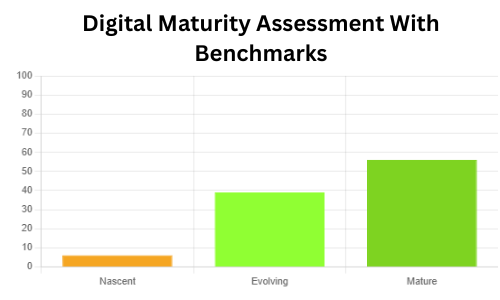
Similarly, as a cloud consultant or practitioner, you could identify the current state of cloud adoption so you can take the desired steps toward improving security, increasing flexibility, reducing fixed costs, and so on.
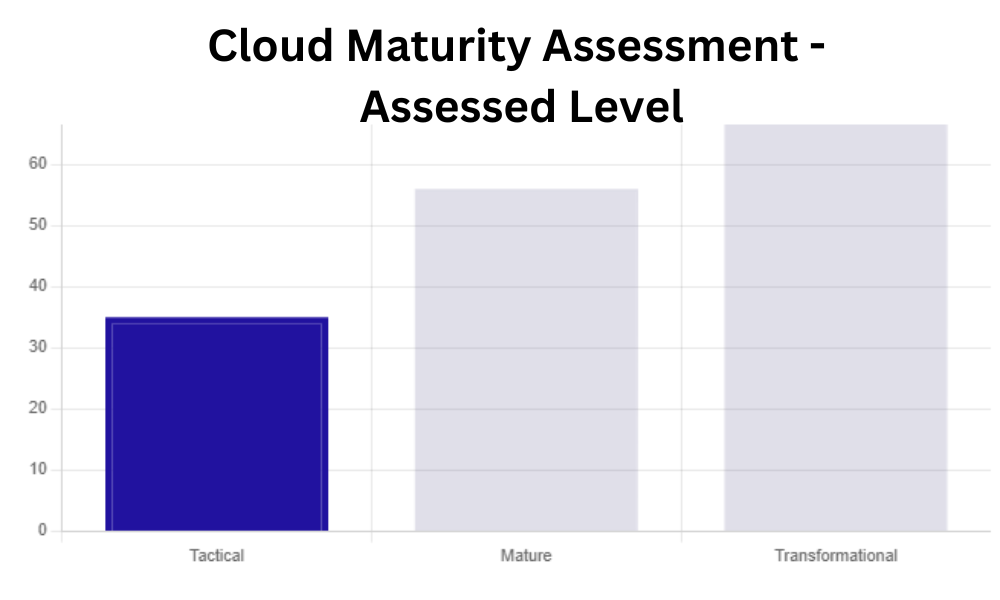
The biggest advantage of a structured maturity model is that the subsequent conversations are focused 100% on the improvement desired and the benefits that arise from it – the future goals and ambitions. That’s the way it should be.
If you are looking to drive change, you must first get all your interested stakeholders on the same page. Only then can you pursue meaningful conversations to collectively reach the “right” transformation goals and the right change strategy.
Building a consensus using a maturity model reflects positively on the momentum of your transformation.
Setting the goals of your transformation program often means understanding your baseline clearly and comparing it to the desired state. This is often called gap analysis and is a very useful exercise for building consensus.
So anyone who is trying to drive a transformation or a change can use a Maturity Models.
These could be:
The best way to start for any of the above change agents is to understand what the current state is and to drive consensus. And the most direct way to do that is to use a common measurement framework such as a maturity model.
A maturity model helps you follow a logical approach to break down the problem into manageable and easily understood areas. For example:
Anyone can adopt a maturity model. All you need is a way to look at the problem holistically and break it down into sub-components that make up the overall problem.
Thus, if something needs strategy, prioritization, and collaborative decision-making, they will benefit from using a maturity model.
Some of the candidate areas are
Even though there are various levels in a maturity model and they seem to be in ascending order, you need not follow a linear path.
That’s because each level has multiple dimensions and your maturity may be different in each.
All you have to do is to see which area needs your most attention based on its priority and address that first.
For example, in a digital maturity assessment, you may be doing really well on digital marketing, but have room for improvement in the technology supporting it.
Hence, it’s a good idea to look at your maturity model as also a table organized according to maturity levels and dimensions. Different dimensions may have different maturity levels.
You can take this into even greater detail by diving each dimension into additional sub-areas. In our example above, even though digital marketing may be at a high maturity level overall, perhaps programmatic advertising may need more work.
Maturity models are important because if we can measure where we are now, we can then chart out a systematic path toward attaining a much higher level of performance.
Each level of the maturity model is composed of several subject areas, and each of those can be broken down into measurable items we can ask questions around. For example, in a cybersecurity maturity model, we assess the overall score by measuring various areas of perimeter defense, end user protection, risk management, monitoring etc.
Here is an example of business performance being broken down into some constituent areas:
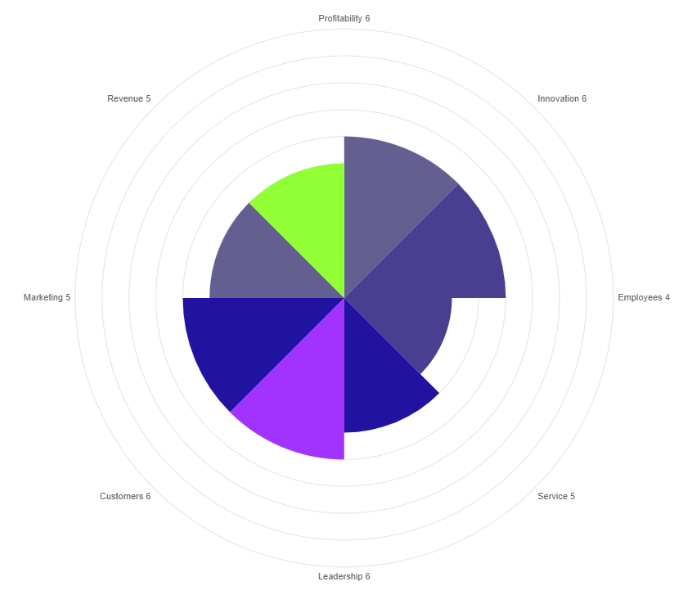
In fact, a maturity assessment often drives clarity into what the desired target state could be. By understanding where we fall short, we can more easily define the areas of improvement by visualizing the target performance levels.
As a consultant or coach, you know that clients are often embedded too deep into the operations of their business. By using a maturity model you help them take a step back and apply a wider field of view to their area of responsibility.
A maturity model also helps consultants and coaches. By creating a conversation around the desired state and possible roadmaps, you get the opportunity to position your services appropriately to clients. And all the while the conversation is focused 100% of where the clients want to be. You can also call it the perfect sales pitch.
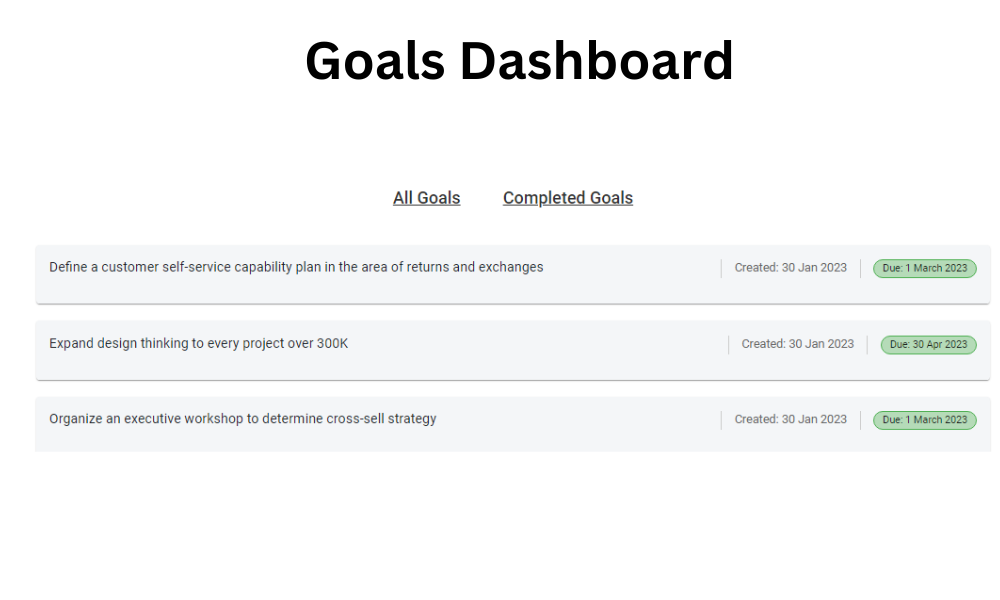
Maturity models are typically created based on expertise and empirical data.
For example, a change management expert who has worked with multiple clients can distil their expertise into a maturity model. They can define the different levels of maturity and what the characteristics of each level look like. In most cases, when they use the model with clients, the clients will also want to add or update some elements of the model to suit their purposes better.
Sometimes, empirical data is already available in a quantitative form and can be used for benchmarking right off the gate. And sometimes the maturity assessments become a vehicle to creating that base of empirical data. For example, as more and more people take the assessment, you could create an inference that says something like “Organizations without an analytical pricing capability also seem to be typically in the lower 3rd of overall digital maturity”. And then you can unpack the reasons why.
So if you have expertise and a point of view in a specific area, you should use a maturity model to engage clients.
There are pros and cons to both.
If you are looking to benchmark against a common standard for the purposes of certification, then using a standard maturity model is best. For example, the SEI’s Capability Maturity Model (CMM) comes to mind. This used to be a popular way to quickly demonstrate that you had put in the time to standardize your processes, and the outputs could be trusted to be of high quality.
Many leading managing consulting firms have also created their own maturity models in various areas.
However, as you can imagine, a standard maturity model cannot address the uniqueness of your specific organization or scenario. In fact, because these models tend to establish a common denominator, they often become too generic. So they are good to start with, but then you should customize and create a model that is more tailored to your needs.
For example, a digital marketing maturity model that measures advertising maturity, may not cover enterprises and agencies equally. One will not fit the other very well. The specific assessment areas and their applicability will be different. And as a result, the roadmaps will be different.
You should always be able to measure the results of your transformation program. You often do that by taking a snapshot of your maturity model at different points in time, say every 90 days.
To make that easier, Evalinator provides the before-after analysis feature. Each of the iterations can be compared with another to identify the change in maturity. This provides a holistic view of the entire maturity level and can indicate the speed at which you are progressing.
If you wish to be more objective about the progress, you can also set SMART goals. By setting quantitative goals, you can quantify the overall impact in less ambiguous terms.
For example, a goal to improve the level of automation by 40% can be tracked and measured at the right milestones. Achieving the goal would automatically indicate an improvement in maturity. You take this change into account when you assess your maturity again after 90 days.
The purpose of a maturity model is to help the clients visualize their transformation – where they are now, and what they should do to get to their desired state.
It follows that if you are helping them brainstorm this, then you become a trusted partner. As a result, if you do have services or products that can help your clients take steps in the right direction, they can at least be positioned for consideration.
In addition, maturity models that are created using Evalinator also allow you to help align multiple stakeholders by analyzing their responses side by side. This can help you conduct design and strategy workshops – a good way to create new stakeholder relationships.
In summary, maturity models can definitely result in systematic cross-sell and up-sell. However, you should always use a maturity model as a strategic tool to collaboratively uncover that transformation journey. Without that, if a model is used only for sales, then the trusted advisor status becomes difficult to establish.
Maturity models can also be used for online lead generation if they are constructed carefully and don’t come across as a marketing gimmick.
Moreover, for enterprise sales where deals are complex and purchase ticket sizes are high, maturity models should typically be used during in-person sales calls, as a follow-up tool, and for account growth with existing clients. It is highly unlikely that enterprise buyers will provide accurate information online and their contact details to you unless they know and trust you already.
With that caveat out of the way, Evalinator does provide features for sales teams to use their maturity model assessment online for lead generation, as a sales follow-up and lead qualification tool.
Thus, online maturity models should definitely be considered for lead generation (as quizzes) if the sales cycles are shorter and purchase ticket sizes are smaller. For enterprise, online maturity models can be used as quizzes as brand awareness tools. Results should be made available freely to the enterprise audience. You could definitely ask for industry, role, and type of company for better analytics and recommendations.
Maturity model assessments are an excellent way to provide a structured analysis of a strategic business area.
If you are offering an expertise based service to clients, then you can get started for free here. There are several templates (for coaches as well as consultants) available to quickly get started. We are here to help.
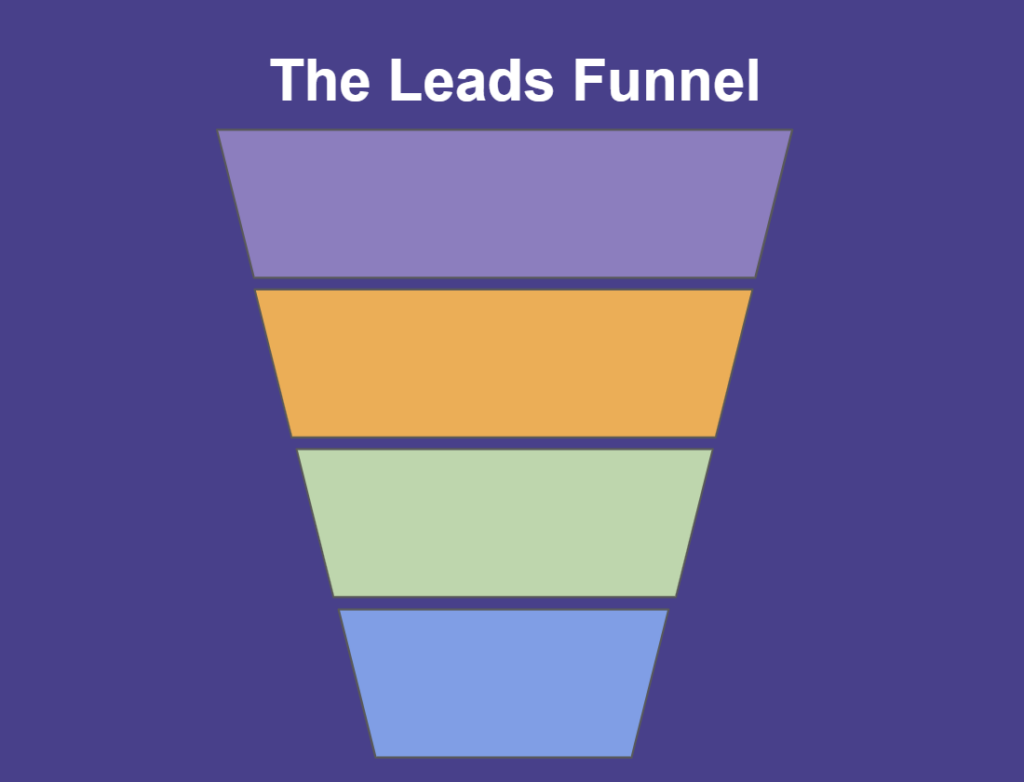
Feeling frustrated with lead generation?
Take this free, 5-minute quiz and get more prospects into your leads funnel.
Instant Results. Actionable recommendations. Email required.
Find Your Score >>